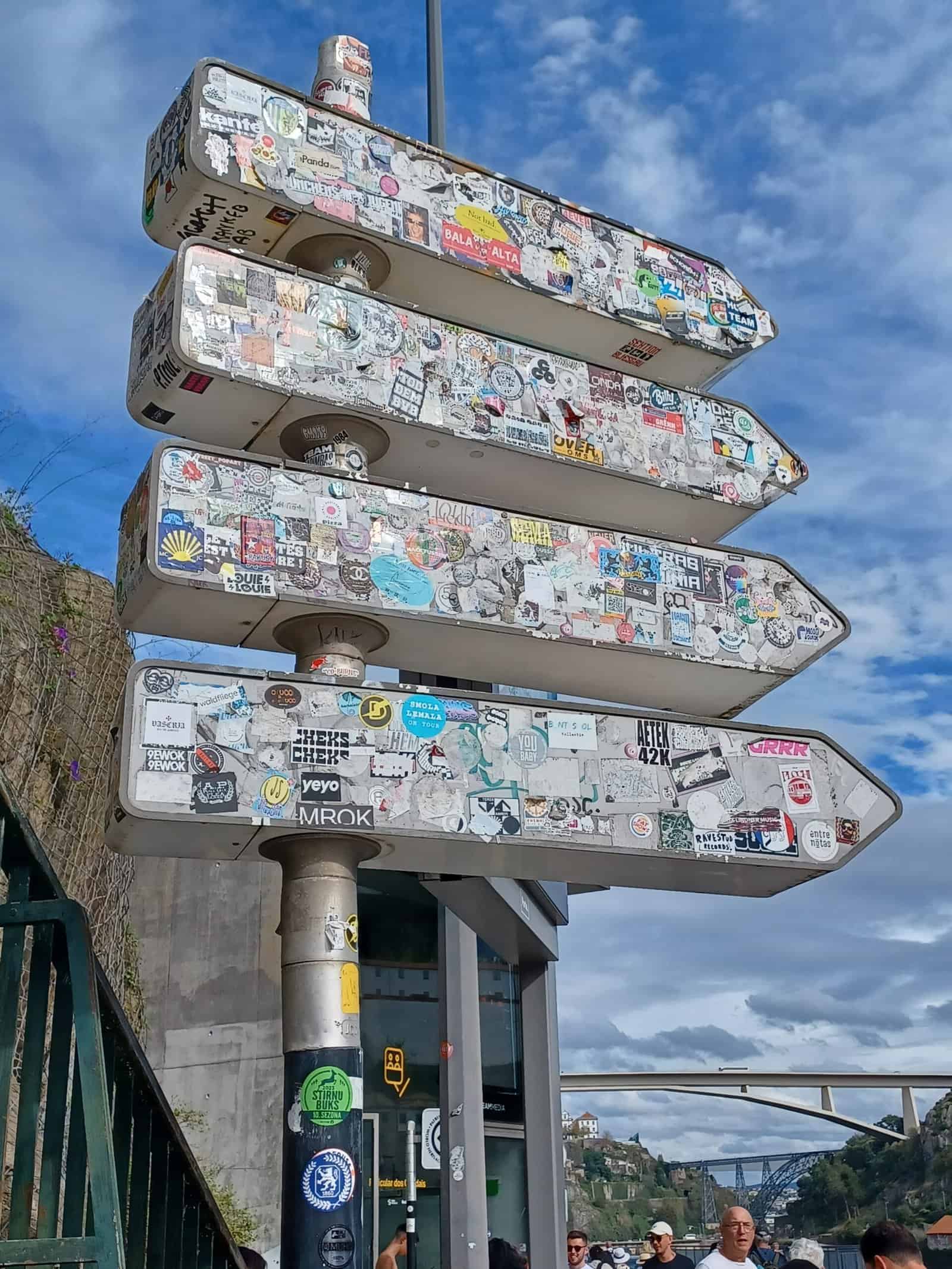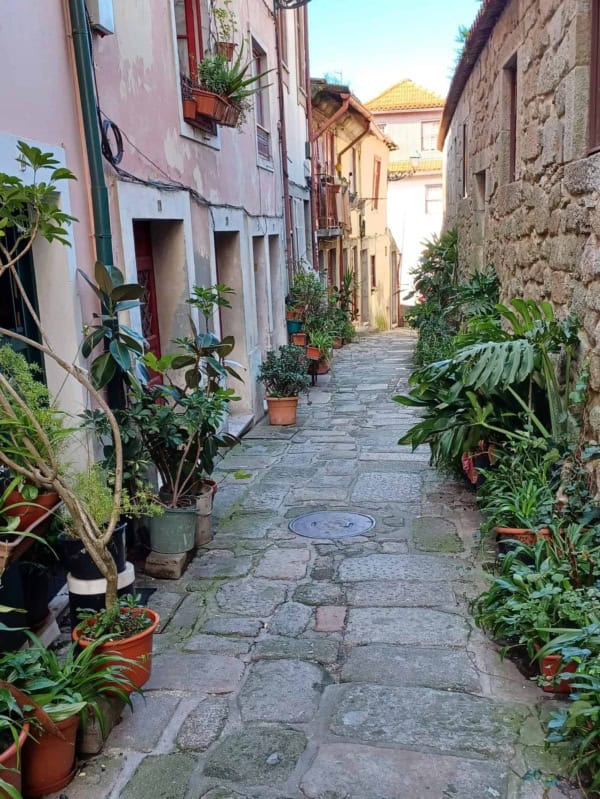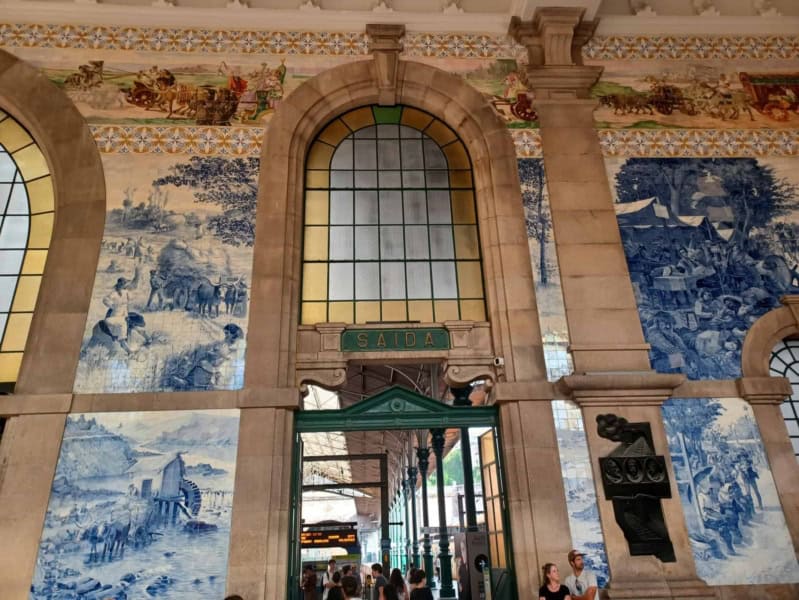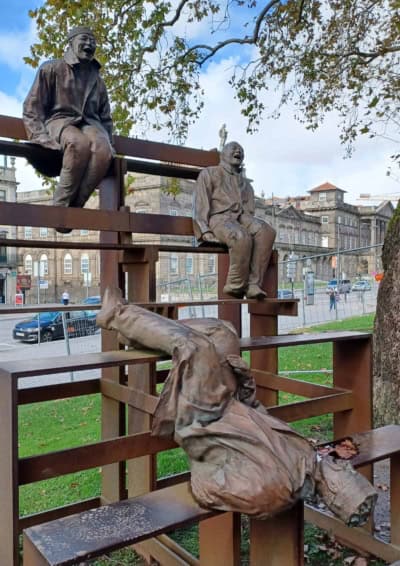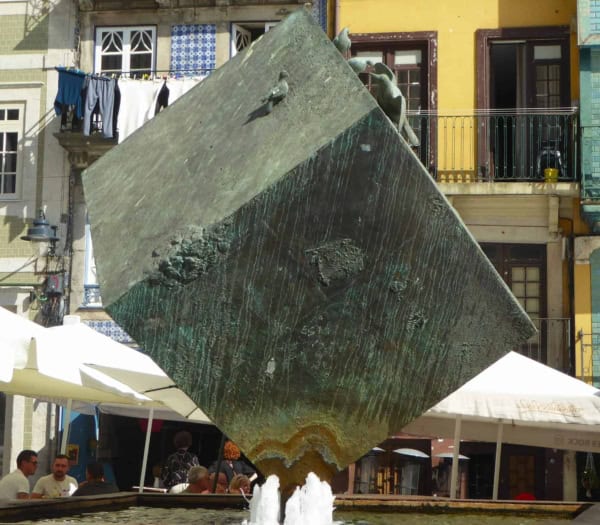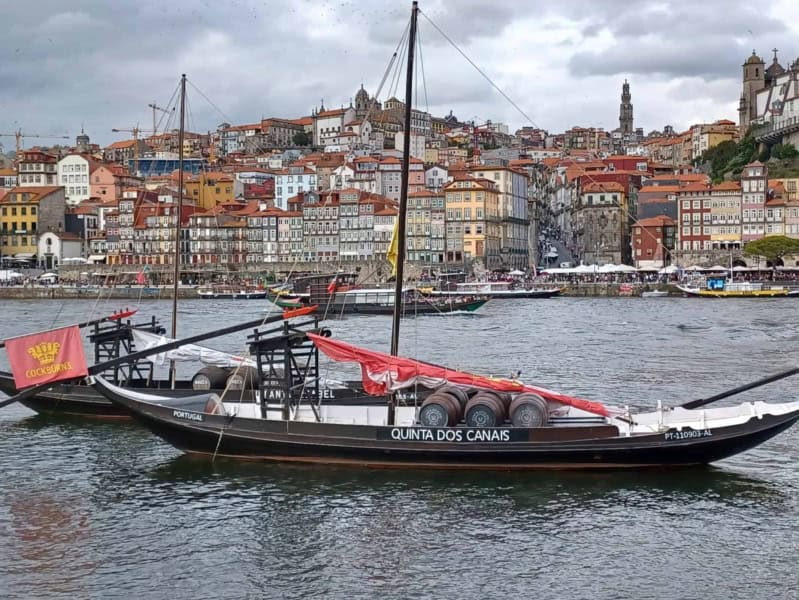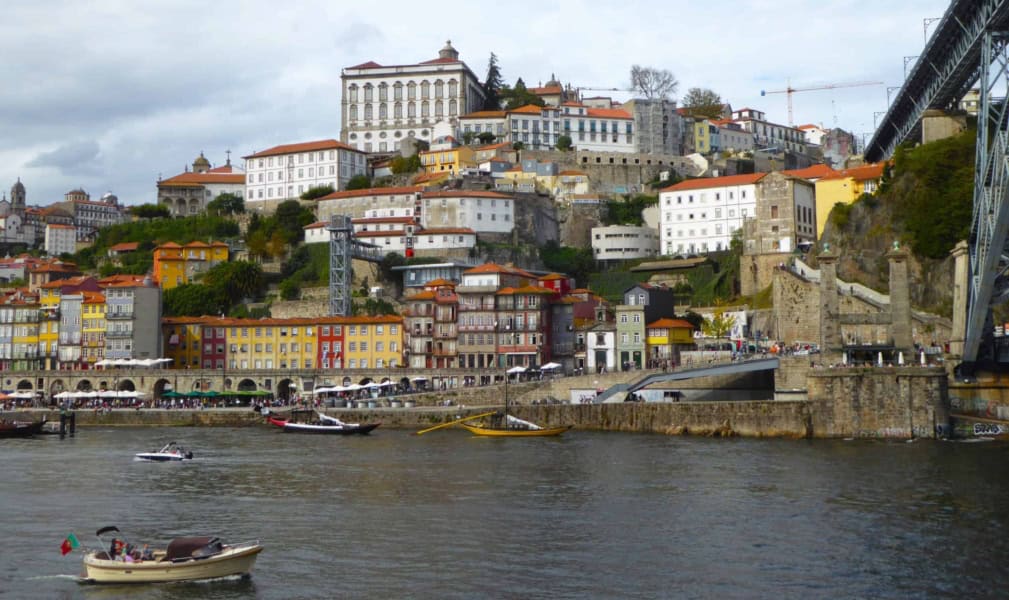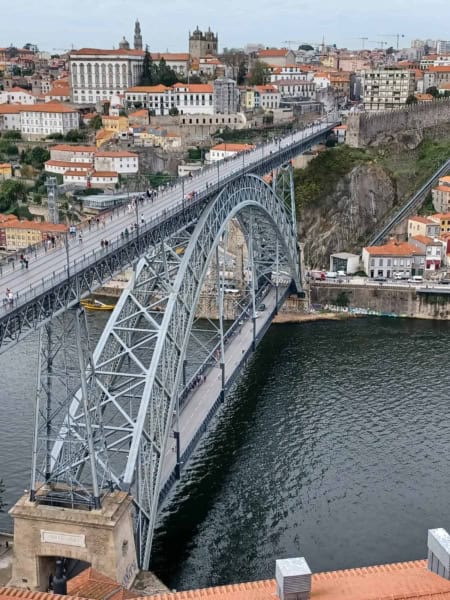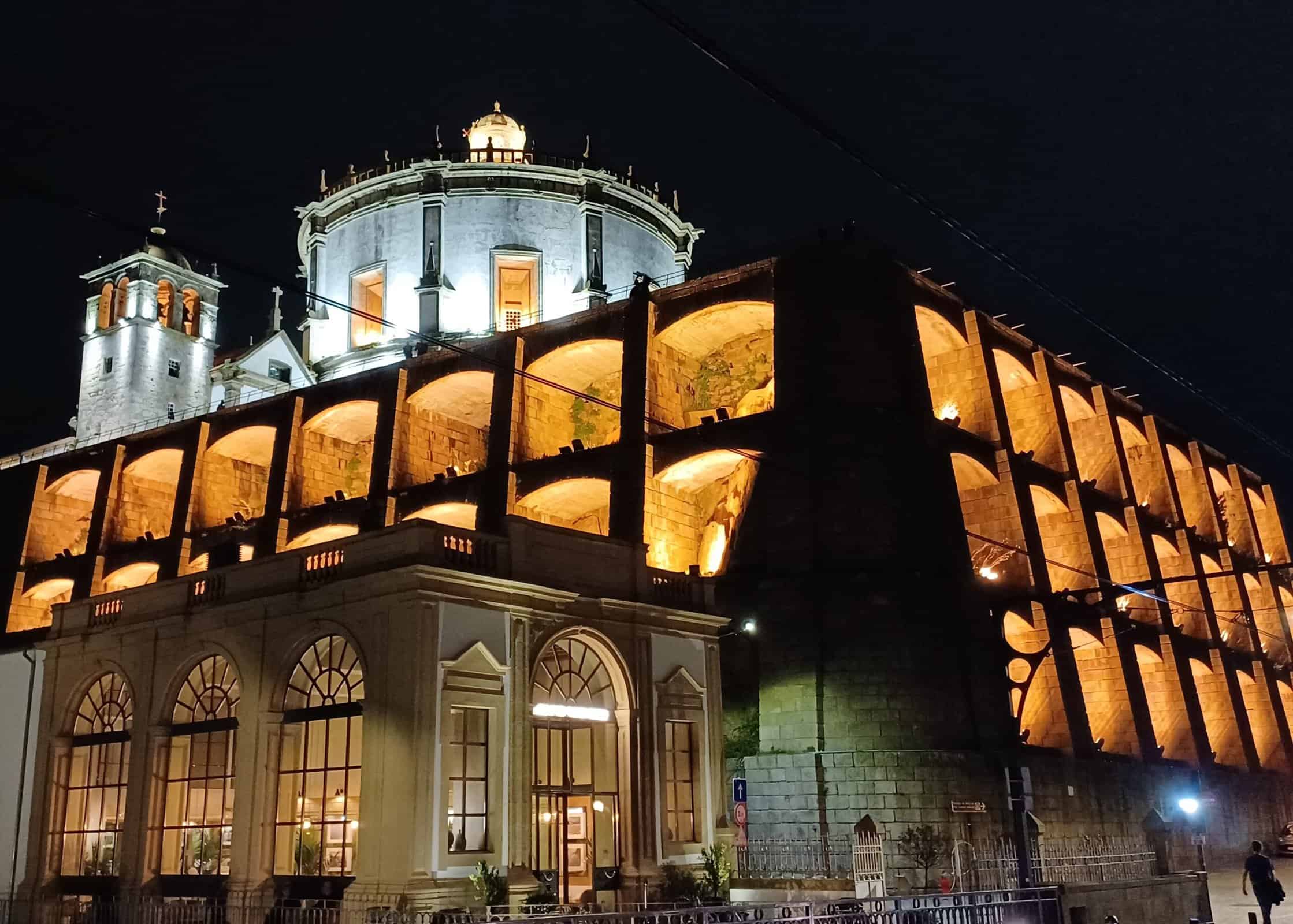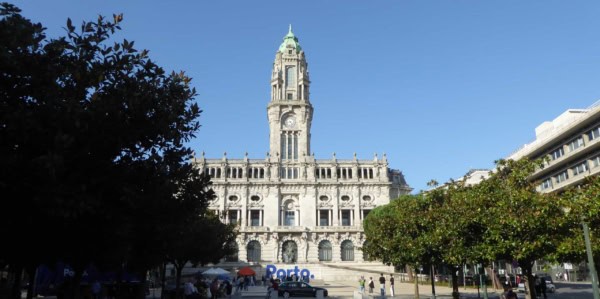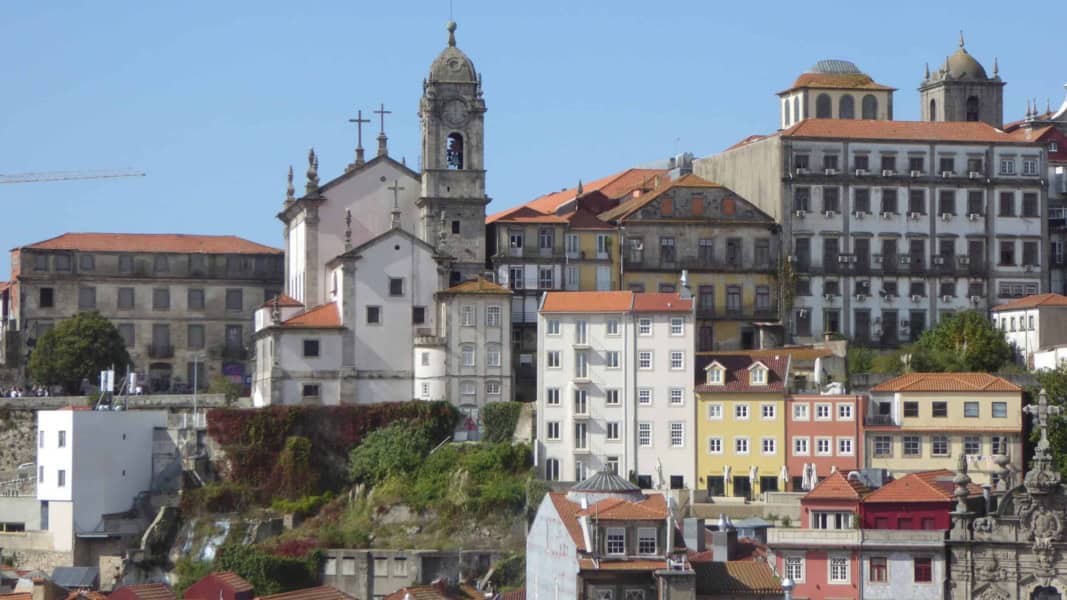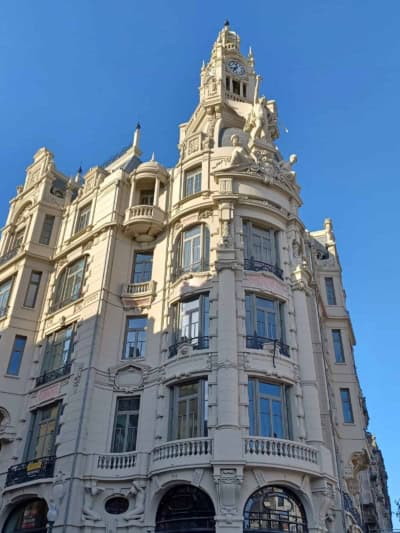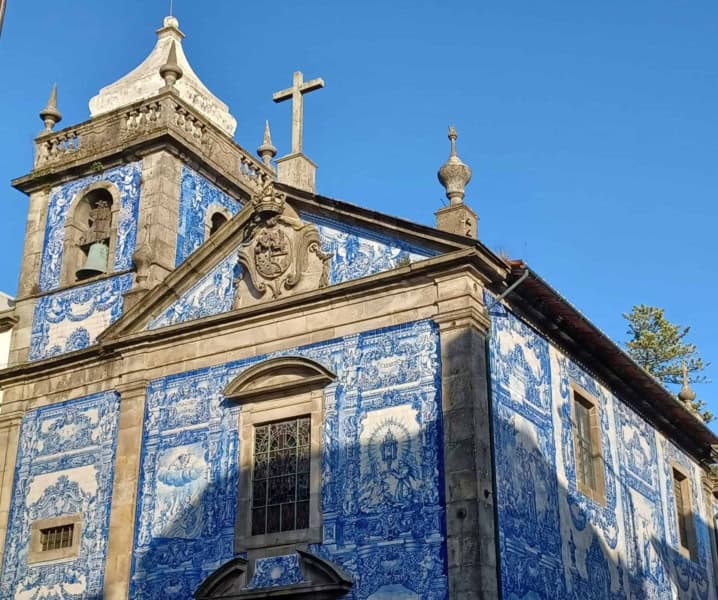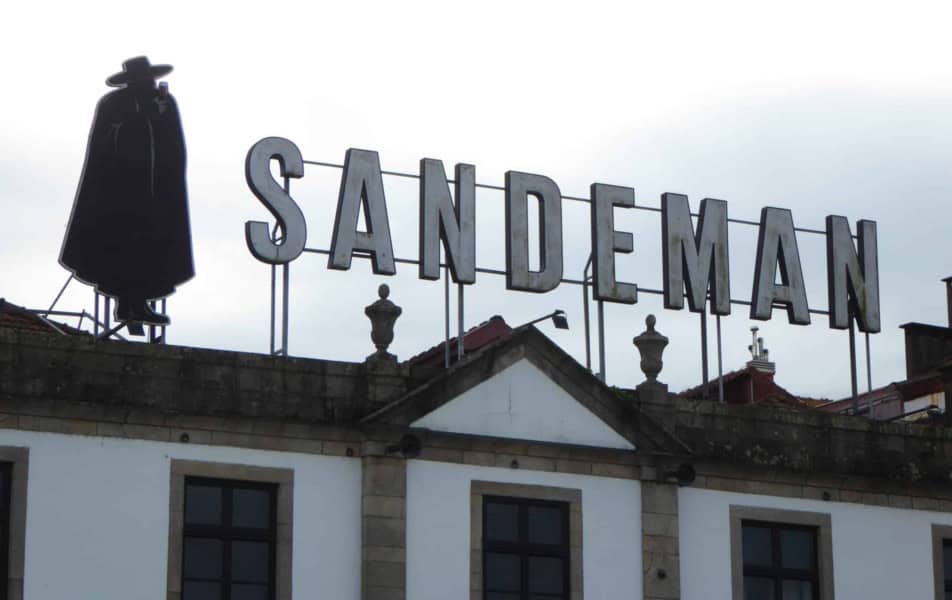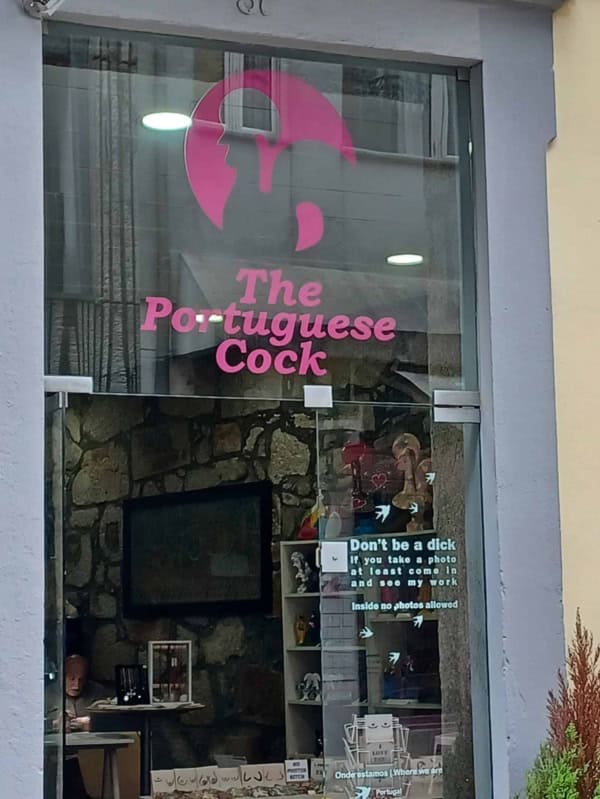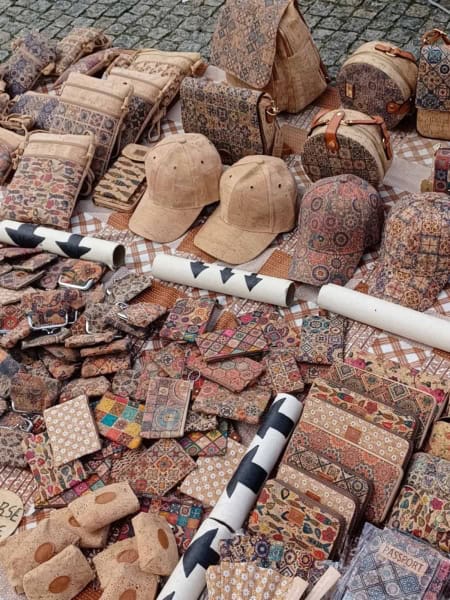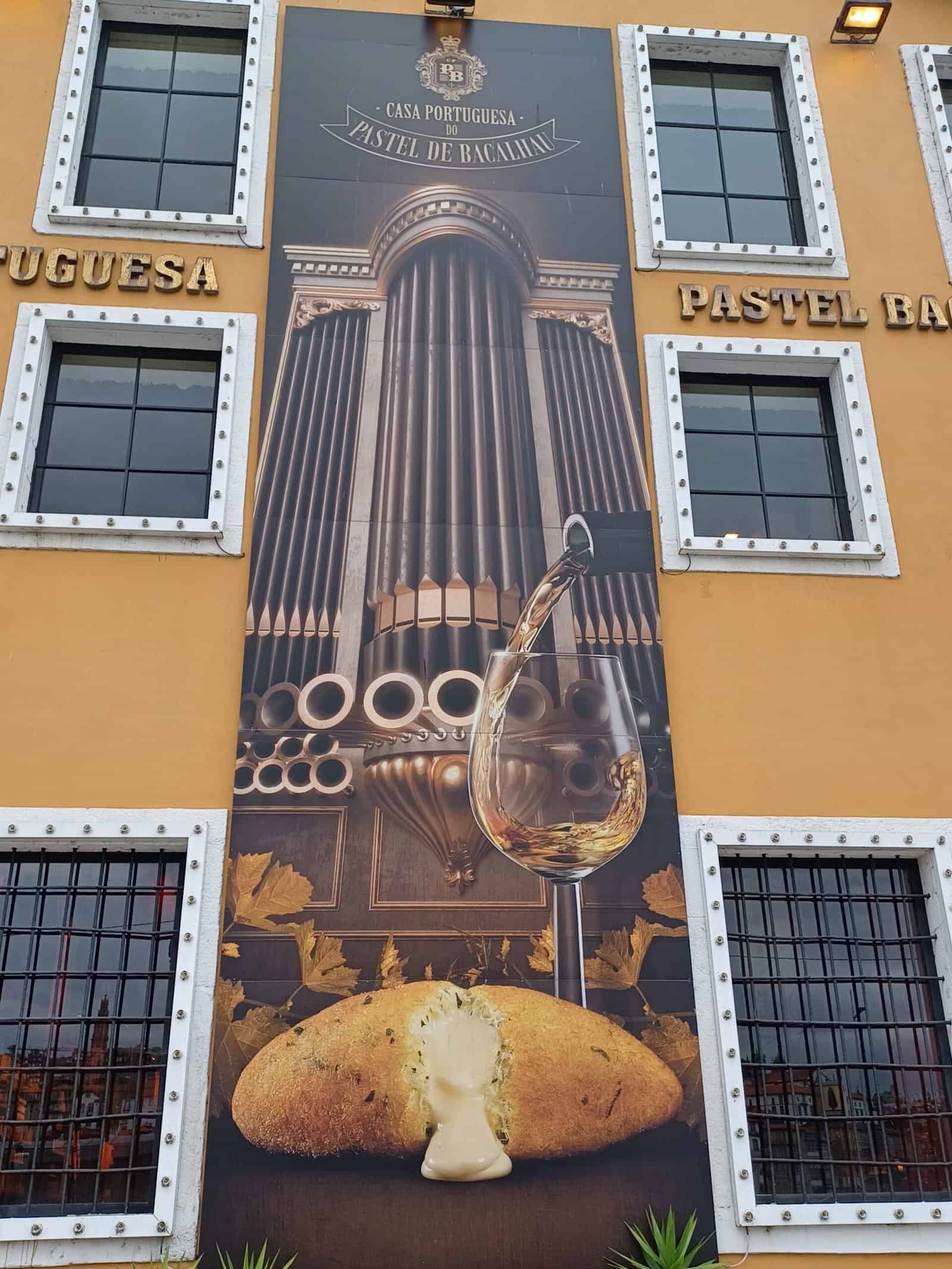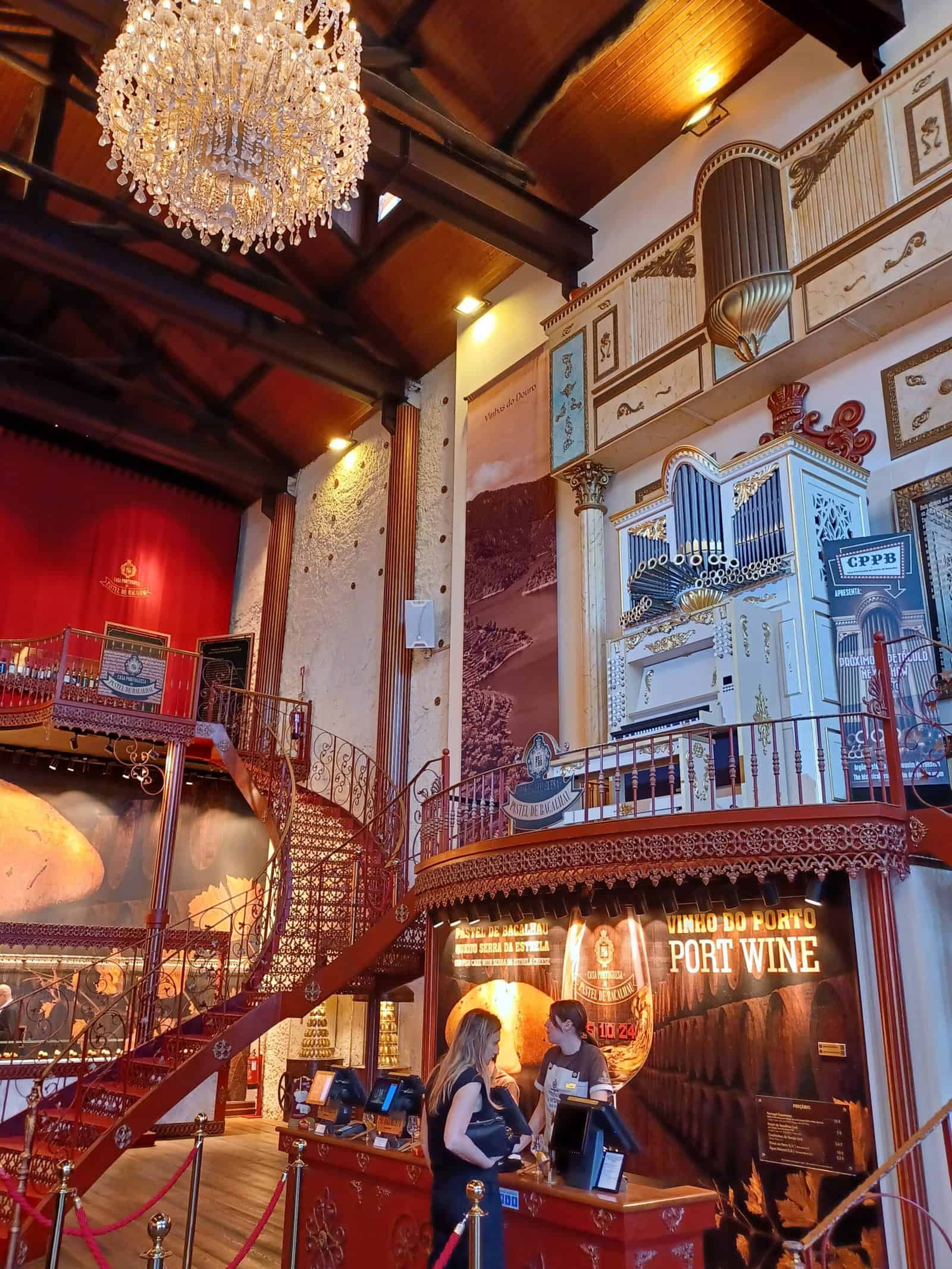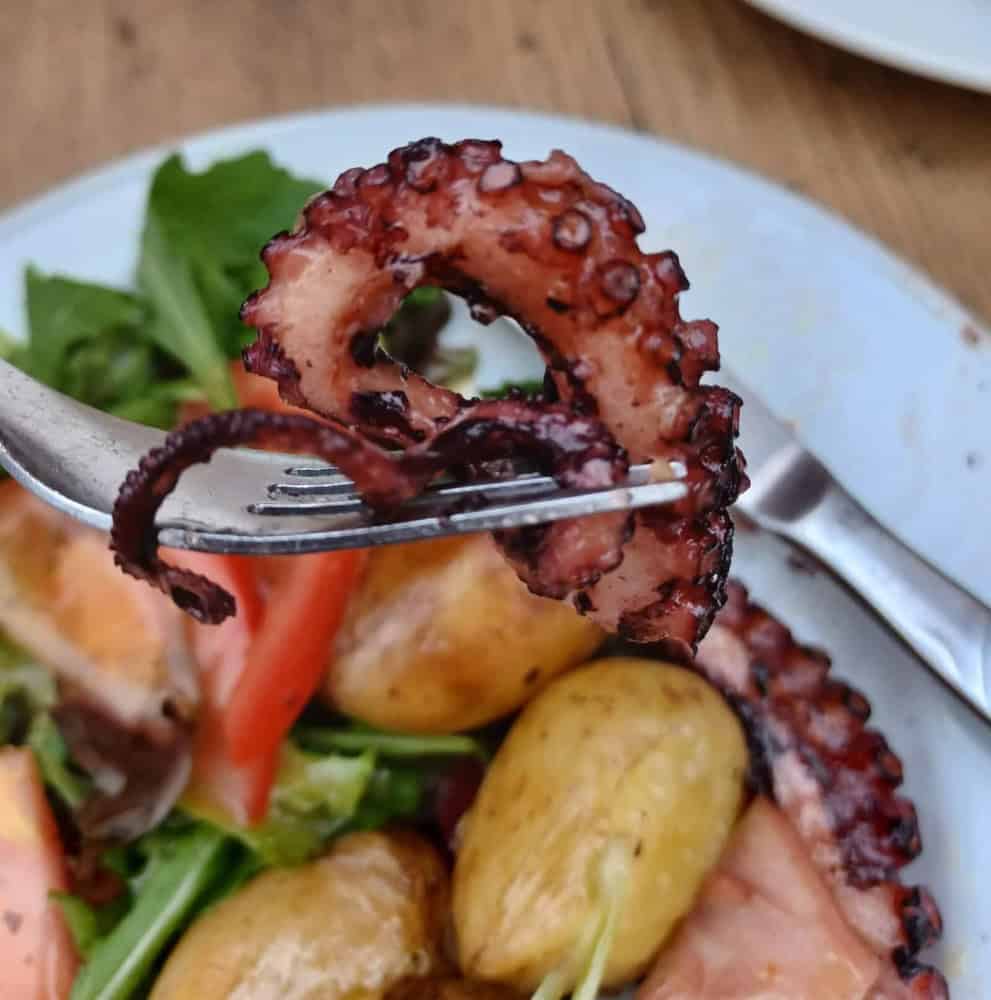Porto, Portugal
October 2024
We stayed in Porto for a week with my sister Cindy and husband Doug who were living there at the time. They were amazing hosts and excellent tour guides (in spite of a few unhelpful sign posts 😉).
Porto is the second largest city in Portugal, known for its bridges and Port wine, but still has a small town atmosphere. We walked everywhere, through the narrow alleys, along the historic cobblestone streets, and over the bridge across the Douro River. And how could I forget the sardine stores, eating octopus and listening to soulful Fado music!
~~~~~~~~~~~~~~~~~~~~~~~~~~~~~~~~~~~~~~
Alleys
Well, if you've checked out my other travel pages, you'll know that I can't resist walking down narrow alleys! And Porto provided plenty. Some buildings and homes were made of stone and others painted in a variety of colors. Even in the narrower alleys, the restaurants would place tables on both sides of the alley.
~~~~~~~~~~~~~~~~~~~~~~~~~~~~~~~~~~~~~~
Art
If you click through the gallery, the captions will tell you a little more about each photo. But one thing that stands out as you walk through the city are the beautiful blue and white ceramic tiles adorning the buildings. These tiles are called azulejos tiles and are often pieced together like a jigsaw puzzle, creating a larger image.
~~~~~~~~~~~~~~~~~~~~~~~~~~~~~~~~~~~~~~
Douro River
Luís I Bridge (shown below) is a double-deck metal arch bridge that spans the Douro River between the cities of Porto and Vila Nova de Gaia. It was designed by a student of Gustave Eiffel, the mastermind behind the Eiffel Tower in Paris. The bridge carries Porto's light rail line on the upper deck, with vehicle traffic on the lower deck. We chose to walk across to enjoy the views up and down the river.
~~~~~~~~~~~~~~~~~~~~~~~~~~~~~~~~~~~~~~
Porto Buildings
One of the reasons we just loved walking through the city every day was the variety of the buildings and churches.
The day and night photos to the left and right are of a former monastery in Vila Nova de Gaia, situated on an outcrop overlooking the Dom Luís I Bridge and the historic center of Porto.
~~~~~~~~~~~~~~~~~~~~~~~~~~~~~~~~~~~~~~
Fado Music
Fado is a uniquely Portuguese style of music characterized by soulful and melancholy tunes and lyrics. The lyrics often speak of life, struggle and passion. The Portuguese guitar is a key part of Fado performances, and is also known as the Fado guitar, recognizable by its pear shape.
One evening we went to the Calem Port House in Vila Nova de Gaia for a tour, a Fado show and some port samplers.
I loved experiencing this part of the Portuguese culture!
Enjoy these short sound clips!
~~~~~~~~~~~~~~~~~~~~~~~~~~~~~~~~~~~~~~
Shops
Sardine shops like this one can be found in many towns in Portugal, each one elaborately decorated in a unique theme. This is "The Fantastic World of the Portuguese Can" shop in Vila Nova de Gaia, and the vibrant interior makes you feel like you're in a circus! What you see on the wall are cans of sardines stacked from floor to ceiling (click photo to enlarge). They are colorfully decorated with vibrant patterns, designs that celebrate the city and its culture, cans for each year since 1916 along with an important event that happened that year, and much more.
In all the cities we visited in Portugal, it seemed that candy stores were always decorated with a different action figure theme! And I also found it amazing how many different things were made of cork. Apparently Portugal produces the vast majority of the world's cork with its large population of oak trees. Street vendors would throw blankets on the street to display their wares.
The photos to the left and right are of the Casa Portuguesa restaurant where they serve Pastel de Bacalhau. This is a pastry pocket filled with cod and cheese, and is a Portuguese specialty. The sign on the front of the building is huge! When we first entered, there was a musician playing the pipe organ.
~~~~~~~~~~~~~~~~~~~~~~~~~~~~~~~~~~~~~~
Food!
Ah yes, food. Something we all need and love! I'm only going to mention the most unique foods that we discovered and enjoyed (or not!), but obviously there is so much more to Portuguese cuisine.
Considering that Portugal has an excellent habitat for fish along its Atlantic coast, you can imagine that Porto serves a lot of seafood. Bacalhau (salted cod) is very popular. Surprisingly, even though Portugal harvests a lot of fresh cod, they also import dried salted cod from Norway. I tried a cod cake and was not a fan, but apparently it can be either very good or very fishy or salty depending on how it is prepared. Perhaps I'll try it again some time!
And of course Porto is known for its Port wine, but the table wines were also excellent. You can check out my Douro Valley page about our day trip through the Douro Valley where Port grapes are grown.
Pastéis de Nata (or "Pastel de Nata") is the Portuguese term for a traditional custard tart, known for its flaky pastry crust and creamy egg custard filling, usually dusted with cinnamon on top. It is known as Portugal's most famous dessert, and I must admit it literally melts on your tongue.
This photo was taken in a pasty shop a few minutes walk from our Airbnb, so as we left each morning on our daily excursions, we could watch them being made, enjoy the aroma, and perhaps indulge a little!
~~~~~~~~~~~~~~~~~~~~~~~~~~~~~~~~~~~~~~
Thanks for visiting!

